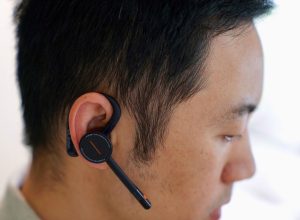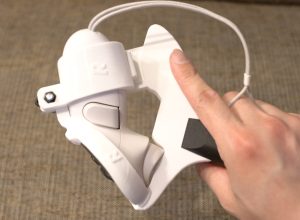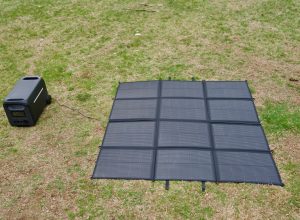Consumer technology for practical situations like DIY smart home solutions is far ahead of consumer digital health technology. Still, the stakes to innovate more health tech is higher. It’s a luxury to hit a button to brew your morning coffee, to close the garage door behind your car as you drive off to work, and to turn on your air conditioning before you arrive home from work – but it’s a necessity to reduce depression, chronic pain, and other mental and physical health issues.
The Benefits of Consumer Digital Health Technology
The best way to describe the benefits of medical tech devices for consumers is through an illustration.
A perfect example of the impact consumer-based medical technology can have on improving a patient’s life is the Medopad. This remarkable app helps people with rare diseases spend more time at home with their families rather than shuttling back and forth to hospitals. This improvement in care promotes higher levels of well-being and may even increase longevity.
What Is a Rare Disease?
Definitions for a rare disease depend on the healthcare system of different countries, and the European Union provides a practical broad definition—they define a rare disease as one that affects fewer than five in 10,000 people. Scientists consider a genetic disorder like Prader Willi syndrome a rare disease.
How Medopad Reduces Hospital Visits
Medopad helps those with rare diseases by replacing the need for patients to use specialized hospital equipment to monitor their health. Patients can now live comfortably at home rather than spending most of their time visiting hospitals for routine checkups. Since the app communicates real-time statistical data–like the dosage and effects of medications, heart rhythm, and so on–to hospitals, clinicians can remotely monitor a patient’s progress.
The Growing Smart Home Healthcare Market
The market medical devices and apps for home users is smaller compared to the general digital consumer market for practical home and business users, it’s still a large market, but a Research and Markets report offers some encouraging figures.
Although the industry only had $4.5 billion in sales in 2017, by 2023, market researchers estimate sales will be around $30 billion.
The researchers divide market share between the following categories:
- Fall prevention and detection (the largest share)
- Safety and security monitoring.
- Health status monitoring
- Compliance aids
- Nutrition monitoring.
The Unusual Challenge Developers Face
While you might imagine developers face technical challenges on how to improve the accuracy of monitoring biorhythms and other statistical information, this is not their primary challenge. In fact, the current technology already works remarkably well for measuring subtle things. For instance, a finger prick of blood is enough to give Athelas, a compact immune monitoring device, an adequate blood sample to measure lymphocytes, neutrophils, platelets, morphology, cell activation, and white blood cells.
Since the technology for monitoring subtle biological processes through an app is continuing to improve at a steady pace, but what keeps developers up at night is figuring out how to get people to use these ingenious digital products.
Many users resist using the devices because they don’t find the technology intuitive and easy-to-use. However, since health recovery depends on a patient’s compliance with their doctor’s instructions, compliance is vital. However, it’s difficult to encourage compliance if patients complain that their home health monitoring devices are not user friendly.
In response to this issue, developers are now focusing on how to persuade users to try them out. By researching user behavior developers are striving to remove barriers and are working on ways to make to make the technology automatic and invisible.
Summary
The new frontier in the consumer technology field is consumer medical technology. The technology works as advertised, but the main struggle the industry faces is removing barriers to use. To achieve this goal, user feedback has now become an integral part of the new business model.




